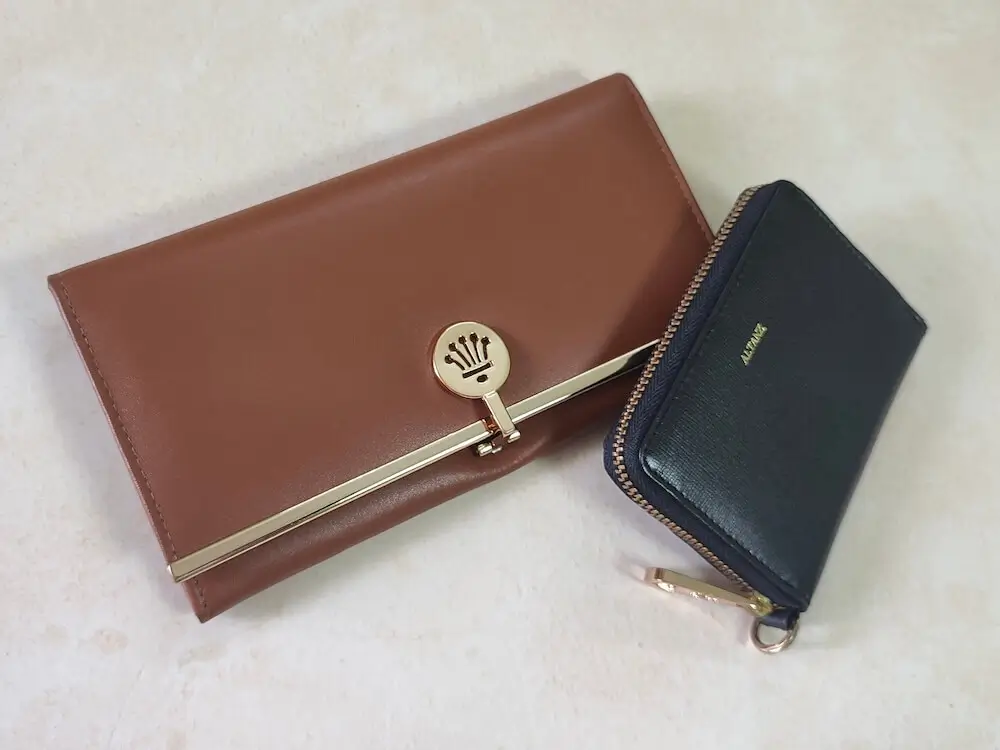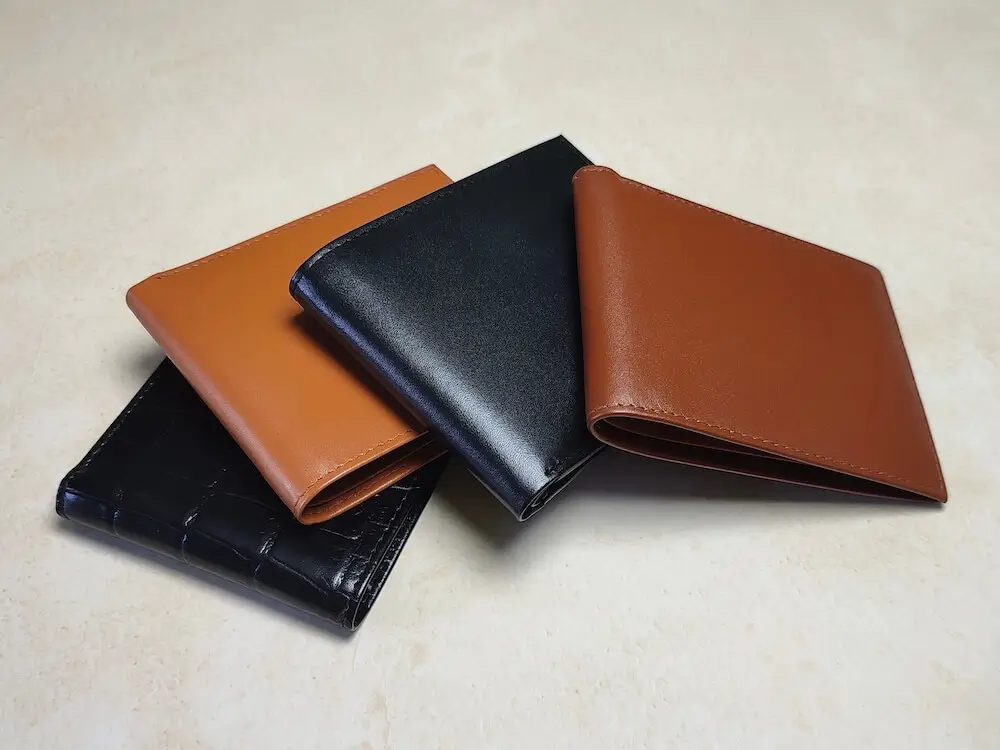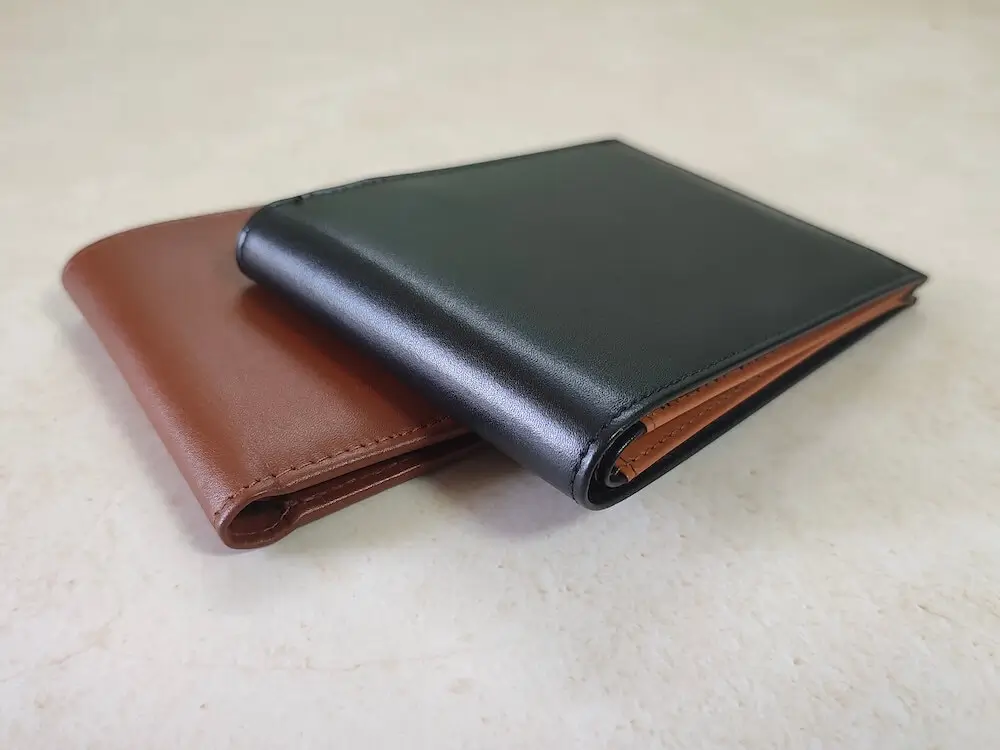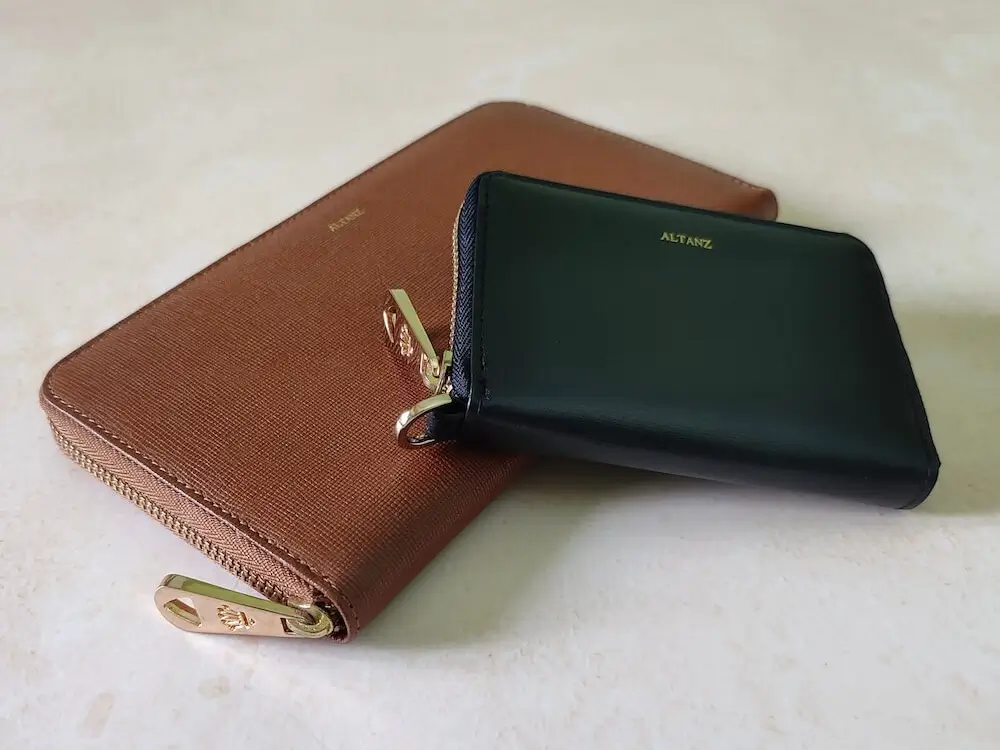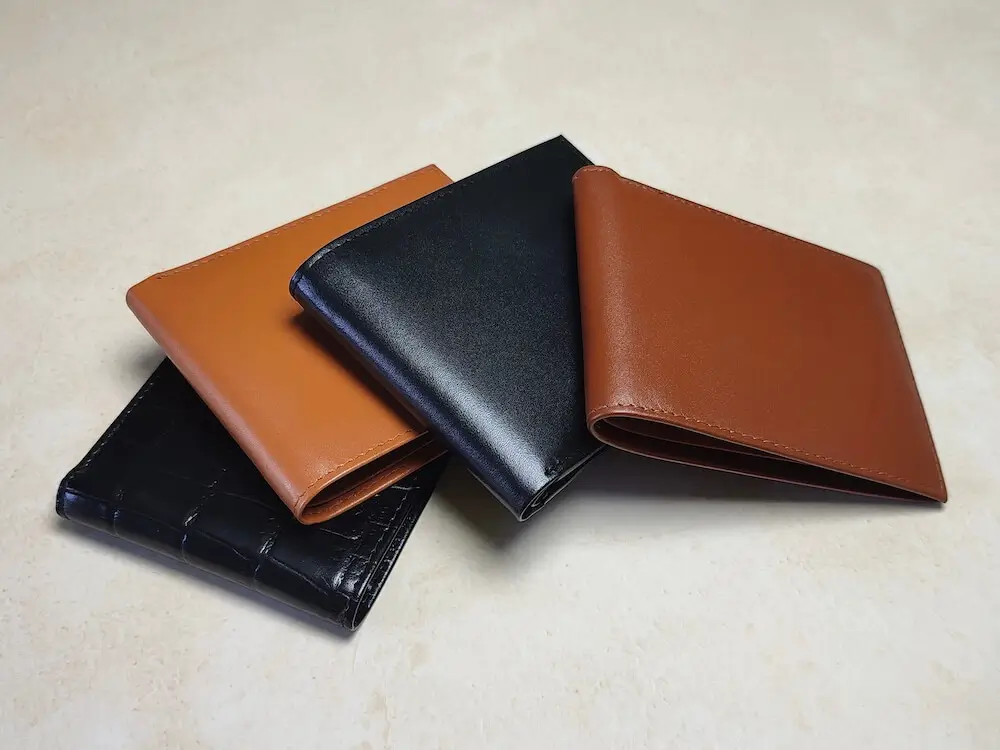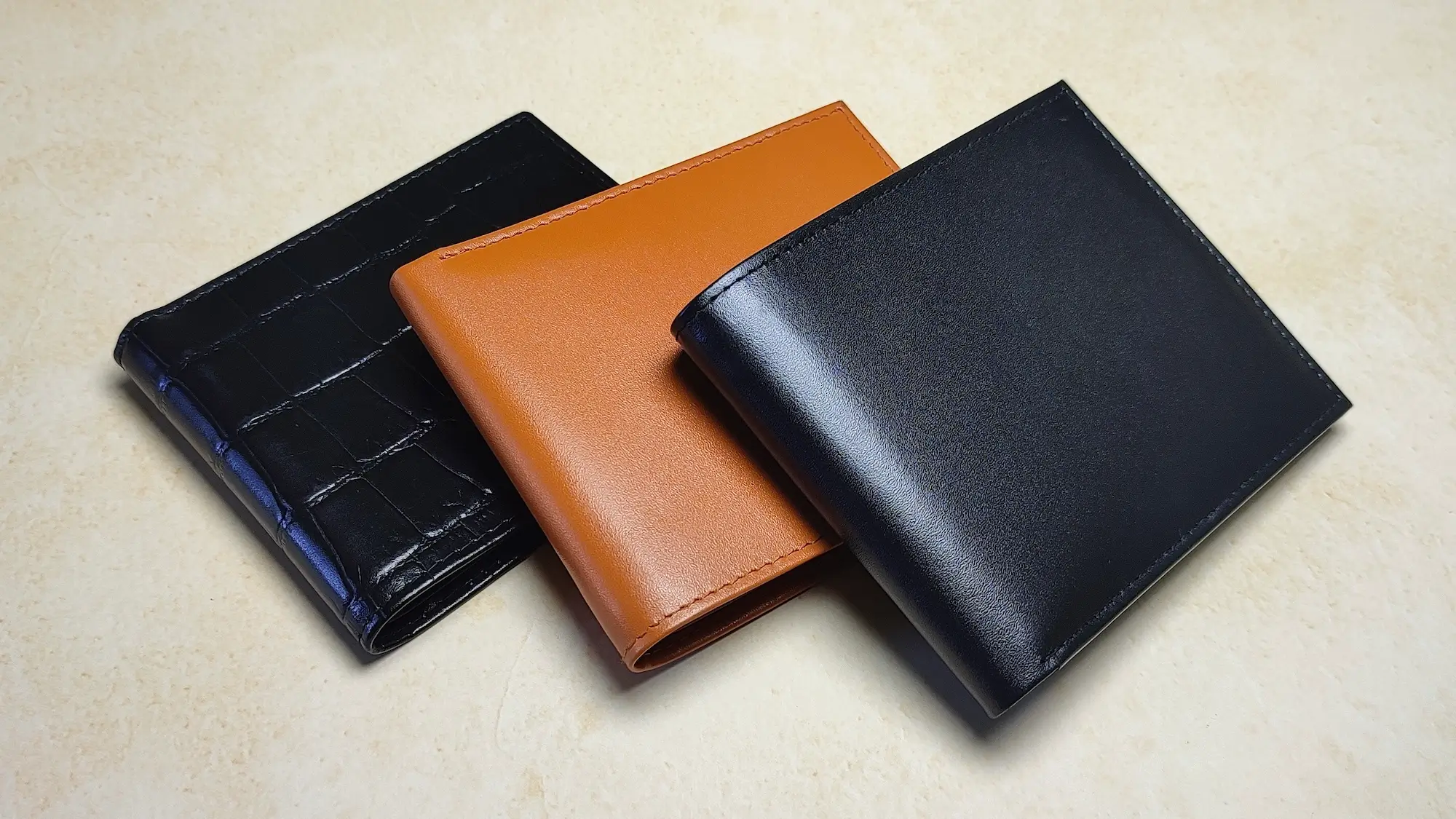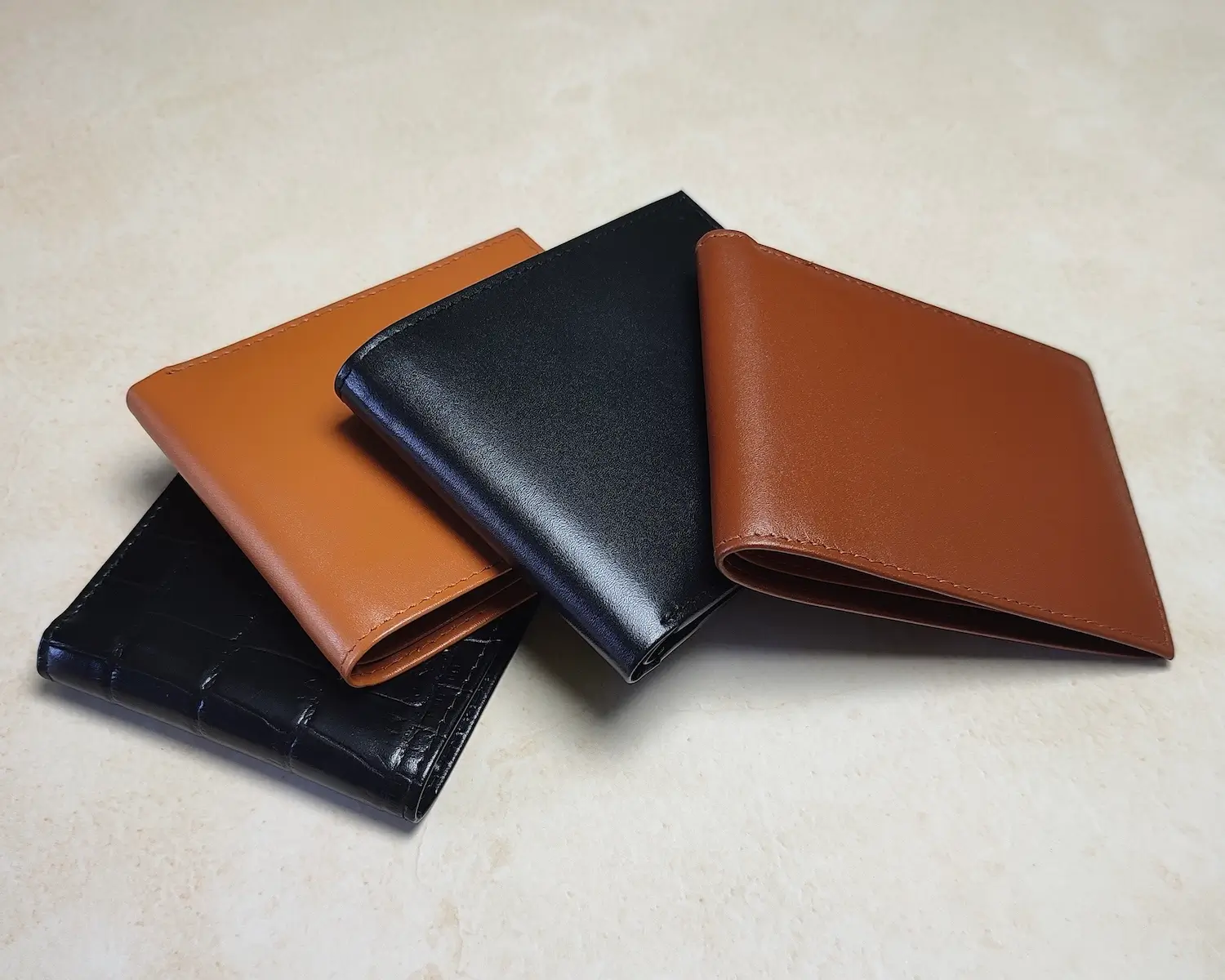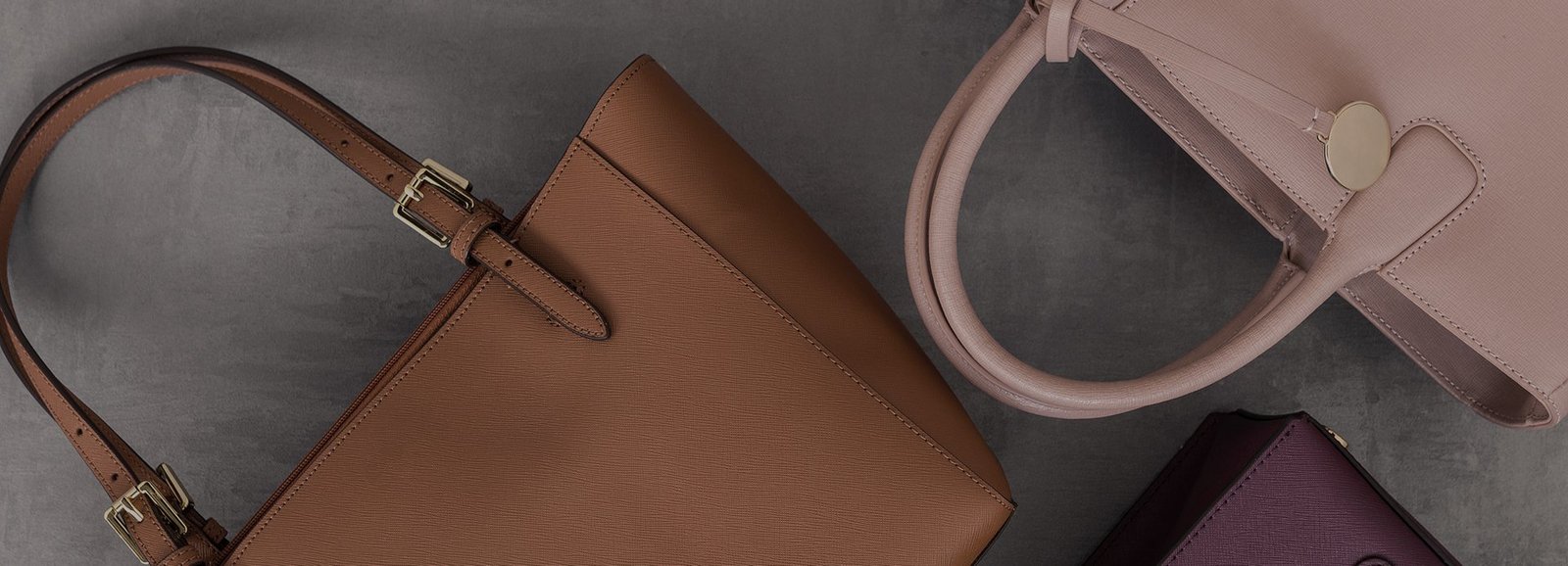Craftsmanship & Heritage
The Evolution of the Leather Wallet: From Classic to Contemporary
Introduction
Leather wallets have long been an essential accessory, seamlessly blending practicality with style. From holding ancient coins to housing sleek credit cards and even smart chips, wallets have evolved alongside human civilization. Whether it’s the feel of premium leather or the intricate designs that cater to both functionality and fashion, wallets have become indispensable in our daily lives. This article delves into the fascinating journey of leather wallets—from their earliest forms to the contemporary masterpieces we use today.
Table of Contents
- Introduction
- Early Beginnings: The Origins of the Leather Wallet
- The Classic Leather Wallet: A Timeless Design
- The Mid-Century Shift: From Utility to Style
- Contemporary Leather Wallets: Blending Style with Technology
- Sustainable and Ethical Trends in Leather Wallets
- How to Choose the Perfect Leather Wallet
- The Future of Leather Wallets
- Conclusion
- FAQs
Early Beginnings: The Origins of the Leather Wallet
The Concept of Wallets in Ancient Times
The story of wallets dates back thousands of years when people first needed portable storage for their money and valuables. In ancient times, pouches made from cloth, animal hides, or plant fibers were widely used. These primitive wallets weren’t just for coins—they often carried essentials like food or personal items.
Ancient Greeks used “kibisis,” small satchels that were tied to belts, while medieval European travelers carried leather coin purses attached to their waists. These early iterations laid the groundwork for what would eventually become the modern wallet.
Emergence of Leather in Wallet Crafting
Leather began making its mark as a wallet material due to its unmatched durability and flexibility. By the 1600s, as paper money gained prominence, leather wallets became the preferred storage solution. Early designs were simple yet functional, often resembling small pouches or folded sheets stitched together to keep banknotes secure. Unlike today’s stylish options, these wallets were purely utilitarian.
The Classic Leather Wallet: A Timeless Design
Features of Traditional Leather Wallets
The classic leather wallet emerged in the 19th century with distinct designs like bi-fold and tri-fold styles. These wallets were prized for their practicality, offering compartments for banknotes, coins, and later, photographs. Leather, known for its durability and elegance, elevated these wallets into everyday essentials.
The Role of Leather in Symbolizing Luxury
Over time, leather wallets became synonymous with sophistication and wealth. Premium leathers such as full-grain and top-grain varieties were coveted, and wallets crafted by artisans quickly became status symbols. Owning a high-quality leather wallet was, and still is, a statement of personal taste and financial success.
The Mid-Century Shift: From Utility to Style
Post-War Economic Boom and Consumer Trends
The mid-20th century brought significant changes to the wallet industry. With the post-war economic boom, consumer trends shifted towards personalization and aesthetics. Wallets were no longer just storage tools—they became fashionable accessories designed to reflect individual personalities.
Introduction of New Designs and Compartments
Manufacturers began experimenting with designs to meet evolving demands. This era saw the inclusion of features like photo slots, ID holders, and zipped coin compartments. Mass production also made wallets more accessible, with a variety of styles catering to different tastes.
Contemporary Leather Wallets: Blending Style with Technology
The Rise of Slim and Minimalist Designs
Today’s wallets reflect a minimalist philosophy. Slim leather wallets and cardholders are highly popular, catering to modern lifestyles that prioritize efficiency over bulk. These designs eliminate unnecessary compartments, focusing on essential storage for cards and cash.
Integration of Smart Features
As technology advances, so does the functionality of leather wallets. Many contemporary designs feature RFID-blocking technology to protect against digital theft. Some even incorporate GPS tracking and compatibility with smart devices, bridging the gap between tradition and innovation.
Sustainable and Ethical Trends in Leather Wallets
Shift Towards Eco-Friendly Materials
The growing awareness of environmental impact has led to a shift in how leather wallets are produced. Many brands are now adopting sustainable practices by using alternatives to traditional animal leather, such as vegan leather made from cork, pineapple leaves, or recycled materials. These wallets are designed to appeal to eco-conscious consumers who want stylish accessories without contributing to environmental degradation.
Moreover, responsibly sourced leather, certified by organizations like the Leather Working Group (LWG), has gained popularity. These materials ensure minimal environmental impact during the tanning and production processes, making them a sustainable choice.
The Role of Artisanship and Handcrafted Wallets
The revival of traditional craftsmanship is another significant trend in the leather wallet market. Handcrafted wallets, often produced by skilled artisans, emphasize quality over quantity. These pieces are not just functional accessories—they are works of art, each with unique detailing that reflects the maker’s expertise.
Consumers are increasingly drawn to these handcrafted items as they symbolize authenticity and individuality. Supporting artisans also fosters ethical production practices, offering a meaningful alternative to mass-produced goods.
How to Choose the Perfect Leather Wallet
Key Features to Look For
Selecting the ideal leather wallet can be overwhelming given the vast array of options. When making a decision, consider the following key factors:
- Material Quality: Opt for full-grain or top-grain leather for maximum durability and a refined look.
- Craftsmanship: Examine the stitching and finishing details to ensure the wallet can withstand regular use.
- Size and Functionality: Think about how much you typically carry. A minimalist cardholder may suffice for some, while others might need a bi-fold wallet with multiple compartments.
- Brand Reputation: Established brands with a history of producing quality leather goods are often a safer bet.
Balancing Style and Functionality
A great wallet doesn’t just serve its purpose—it also complements your style. If you prefer a classic look, go for neutral shades like black, brown, or tan. On the other hand, vibrant colors and patterns can make a bold fashion statement.
Additionally, ensure the wallet matches your lifestyle. If you’re frequently on the move, a compact design with RFID-blocking features might be more suitable. Proper care and occasional conditioning with leather treatments can help maintain its beauty and longevity.
The Future of Leather Wallets
Innovations in Wallet Design
The wallet industry continues to evolve, driven by both technological advances and changing consumer needs. Smart wallets are becoming increasingly popular, integrating features like biometric locks, wireless charging pads, and proximity alarms. These innovations cater to tech-savvy users seeking seamless integration between their accessories and digital lifestyles.
Moreover, augmented reality (AR) is starting to influence wallet design, allowing customers to virtually try different styles before making a purchase. This technology streamlines the shopping experience, offering greater customization options.
Balancing Tradition and Modernity
Despite the rise of futuristic designs, traditional elements of leather wallets remain timeless. Many brands are finding ways to combine classic aesthetics with modern functionality. For example, vintage-inspired wallets with RFID-blocking interiors or handcrafted designs featuring contemporary slim profiles exemplify this balance.
The future of leather wallets lies in maintaining this harmony, ensuring they remain both practical and elegant.
Conclusion
From their humble beginnings as simple pouches to the sophisticated designs we see today, leather wallets have come a long way. They have adapted to changing societal trends, embraced innovative technology, and responded to the growing demand for sustainability. Yet, at their core, they remain a symbol of style, utility, and personal expression.
Whether you prefer a timeless bi-fold design or a cutting-edge smart wallet, there’s no denying that leather wallets continue to hold an enduring place in our lives. As they evolve further, they will undoubtedly reflect the perfect balance of tradition and modernity, much like they always have.
FAQs
1. Why is leather preferred for wallets?
Leather is highly durable, flexible, and naturally elegant, making it an ideal material for crafting wallets that stand the test of time.
2. What are the most durable types of leather used in wallets?
Full-grain leather is the most durable and premium type, followed by top-grain leather. Both provide excellent longevity and a refined appearance.
3. How do minimalist wallets differ from traditional wallets?
Minimalist wallets focus on sleek, compact designs that carry only essential items, while traditional wallets often include multiple compartments for cards, cash, and coins.
4. Can leather wallets be sustainable?
Yes, many brands now use eco-friendly practices and materials, such as vegan leather or responsibly sourced animal leather, to create sustainable options.
5. How do I maintain and clean my leather wallet?
To maintain a leather wallet, clean it with a damp cloth, condition it periodically with a leather conditioner, and store it in a dry, cool place to prevent cracking or fading.
FAQ : Frequently Asked Questions
The Evolution of the Leather Wallet: From Classic to Contemporary
Answer:
Leather is highly durable, flexible, and naturally elegant, making it an ideal material for crafting wallets that stand the test of time.
Answer:
Full-grain leather is the most durable and premium type, followed by top-grain leather. Both provide excellent longevity and a refined appearance.
Answer:
Minimalist wallets focus on sleek, compact designs that carry only essential items, while traditional wallets often include multiple compartments for cards, cash, and co
Answer:
Yes, many brands now use eco-friendly practices and materials, such as vegan leather or responsibly sourced animal leather, to create sustainable options.
Answer:
To maintain a leather wallet, clean it with a damp cloth, condition it periodically with a leather conditioner, and store it in a dry, cool place to prevent cracking or fading.



